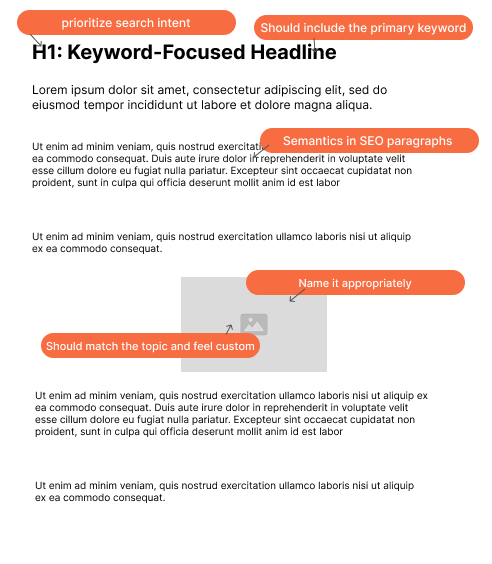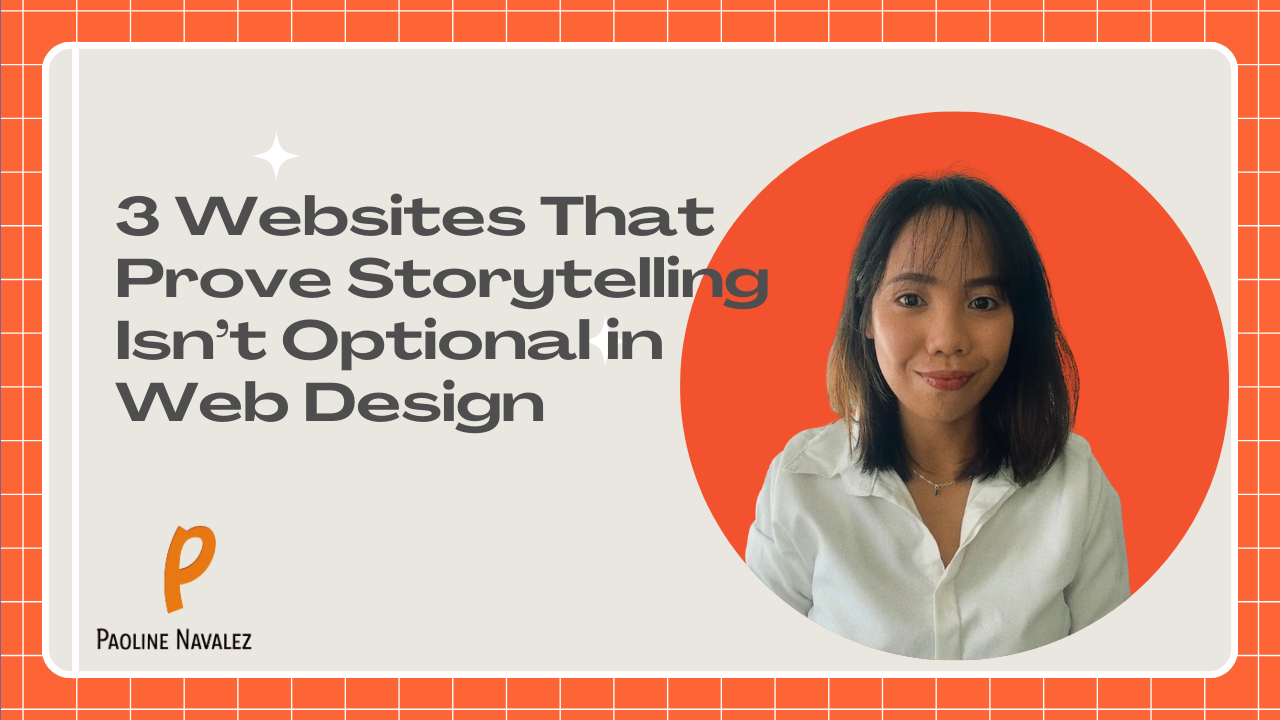.png)
Every marketer can now create more content, faster, thanks to AI tools. But with millions of AI-generated pages flooding the web, the real question isn't "Can we make more content?"—it's "Do we need to?"
We're in a content-saturated landscape where AI-generated articles, blogs, and posts are produced rapidly and in large volumes. But quantity doesn't equal quality. Much of this content lacks the insight, depth, and genuine understanding required to truly connect with audiences and satisfy search intent.
AI can save time, but it doesn't automatically produce better content.
Here’s how I think about it: the AI Content Impact Matrix for Content Marketers
It’s a simple way to evaluate how marketers are using AI today, from passive publishing to fully integrated workflows and what that means for content quality.
.png)
Honestly, this matrix could be a full article on its own. There’s a lot to unpack from where most teams are stuck today to what it takes to move into high-impact content workflows. But for now, let’s keep it practical.
Personally, I see AI as an assistant. It empowers me to leverage my unique experiences, creativity, and empathy to write stronger, more effective content. As marketers, The real power of AI lies in how we choose it
Before hitting publish, here are the seven questions I ask myself to ensure my AI-assisted content is worth my readers’ time and Google’s attention.
1. Am I using AI to support my thinking—or to avoid it?
It’s tempting to let AI fill in the blanks when staring at a blank page. But high-performing content still begins with human thought: your ideas, your outlines, your perspective.
Rewati Khare puts it perfectly:
“AI is not your writer. It’s your research assistant, brainstorming partner, and outline generator.”
Remember, Google doesn’t punish content because AI wrote it—it punishes shallow content that lacks originality, clear purpose, and genuine value.
2. Am I creating content for rankings—or for relevance?
Keyword stuffing used to be bad because it created low-value content. Today, AI can quickly produce similar "thin" content even faster.
But thin content won’t earn links, social shares, or trust. Here’s how you know if you're on track:
- Would you proudly send this content to a prospect?
- Does it answer questions your salespeople regularly get?
SEO isn't just about matching search terms. It's about matching intent and solving real audience problems.
3. Do I understand the topic—or am I outsourcing expertise?
AI can summarize and rephrase, but it doesn’t truly grasp your niche, your audience, or what makes your perspective credible. If you're using AI to cover topics you don’t deeply understand, the result will lack depth and authority.
Julia Payne of Fractional CMO captures this beautifully:
“Everyone is using AI to write faster, but almost no one is using it to think better.”
Expertise can't be outsourced. If you can’t confidently explain, challenge, or expand on the content yourself, it’s not ready to publish.
4. Am I prompting to explore—or just to produce?
Not all AI prompts are created equal. If your prompt is just "Write a blog about [topic]," you're probably publishing superficial content.
Better prompts explore new angles:
- "What unexpected questions do [audience] ask about [industry]?"
- "What are common misconceptions about [industry] we can address?"
- “What advice around [topic] is oversimplified or misleading?”
Good strategy starts with curiosity, not commands. Use AI to discover fresh ideas, not to automate thoughtlessly.
5. Is this content structured for search—or just written fast?
Speed isn't the issue, structure is. Effective SEO content:
- Aligns with clear search intent (informational, navigational, transactional)
- Includes related keywords naturally
- Contains internal links guiding readers deeper into your site
- Answers logical follow-up questions clearly
If you skip these steps because AI did the "writing," you’re skipping the SEO.

6. Have I edited this like it matters?
AI generates first drafts, not final ones. Effective marketers know editing makes all the difference. Industry standards for strong content editing include:
- A compelling introduction that immediately hooks readers
- Headlines optimized for both SEO and reader clarity
- Short paragraphs (2–4 lines) for readability
- Bullet points or numbered lists for easy skimming
- Relevant examples, case studies, or statistics for credibility
- Visual elements like images, charts, or diagrams to support the text
If you're not editing your AI-generated content thoroughly, you're not publishing,you’re just posting.
7. Would I proudly put my name on this?
Here’s the simplest gut check:
- Would you share this on LinkedIn under your own name?
- Would you confidently send it to your most valuable client?
If not, don’t publish it. The problem isn’t AI, it’s how we use it.
As Tawanda Mutimukulu, a respected digital marketer, puts it:
“The problem happens when people use AI to skip the easy stuff, like actually understanding their audience or finding real insights. When you just throw prompts at AI and call it done without adding your own thinking, you end up with the same generic, forgettable content as everyone else.”
Great marketers don’t outsource their thinking. They use AI to amplify their perspective, not replace it.
Your name belongs on content that reflects your voice, your standards, and your strategy.
Final Thought: Are You Co-Creating with AI or Handing Over the Keys?
You can create faster. Or you can create smarter. The marketers who win won’t treat AI like a shortcut around strategy. They’ll use it as a creative partner—one that scales ideas and sharpens execution.
As Paul Roetzer puts it:
“AI is a prediction engine. The human still has to make the decision.”
AI can absolutely accelerate content production. But speed doesn’t equal value. It only works when you do—when you bring strong ideas, deep insight, and clear goals to the table.
If you ask average prompts, you’ll get average content. But if you prompt with insight, direction, and strategy, AI becomes a powerful thinking partner. It’s great for helping you see things differently, challenge your assumptions, and polish your message.
As Thomas Hirschmann, CEO of CoreCortex, writes in Bad News for AI:
“No tool can be called intelligent unless the human using it is thinking clearly. AI only becomes useful when it augments our intelligence—not replaces it.”
This is why I created the AI in Marketing: Content Impact Matrix. Because smart marketers don’t ask “What can AI write for me?” They ask, “How can I use AI to create something more relevant, useful, and strategic?”
That shift, from automation to augmentation is the key.
And honestly, I could write a whole other article about that matrix alone.




